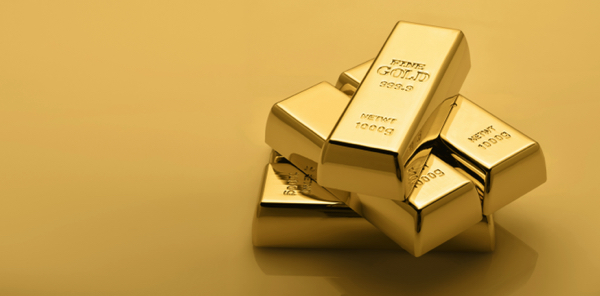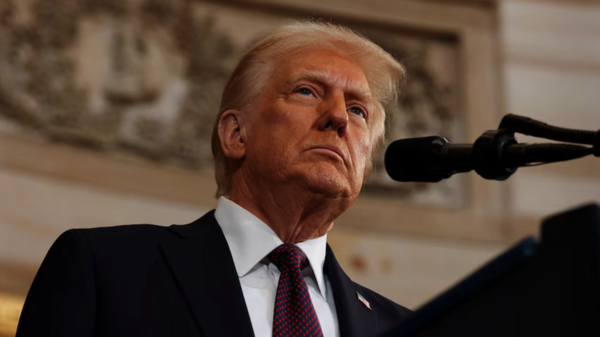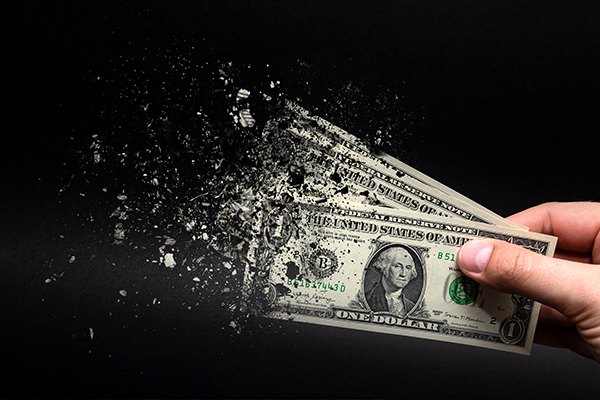 Parler
Parler Gab
Gab
- Over half of central banks now source gold directly from local mines using domestic currencies – bypassing traditional international markets – to cut costs and support local economies. This comes amid a 27 percent year-to-date surge in global gold prices, reaching over $3,300/ounce.
- Nations like Ghana, Tanzania and Colombia prioritize domestic purchases to reduce reliance on U.S. dollars amid monetary instability. This shift avoids fees, shipping costs and foreign reserve depletion while strengthening local currency systems.
- Countries without certified refiners must export gold for processing, limiting savings. Critics cite risks like environmental harm from artisanal mining, but central banks could improve supply chain traceability by institutionalizing purchases.
- Gold reserves grew by 1,000+ metric tons annually since 2020 – double pre-pandemic averages – reflecting declining trust in fiat currencies. A WGC survey found 95 percent of central banks expect reserves to rise further, with 73 percent predicting reduced U.S. dollar dominance in reserves within five years.
- The trend mirrors historical gold-backed stability during crises. Today, central banks favor gold (and alternatives like the yuan) as debt and geopolitical tensions escalate, marking a strategic return to localized reserve accumulation.
The end of dollar dominance? Central banks betting big on gold
Yet challenges persist. Countries without London Good Delivery (LGD)-certified refiners like Ghana and Zambia must export gold for processing, eroding savings. The Philippines and Kazakhstan, with in-country LGD facilities, streamline these operations. Critics warn of risks tied to artisanal mining, including environmental harm and labor abuses. However, WGC argues central banks could "formalize and clean up" supply chains by becoming institutional buyers. According to Fan, "having a credible, large-scale buyer like the central bank gives small-scale miners a legal and fair outlet." He dubbed this strategy a "win-win" scenario for traceability and economic stability. Central banks added more than 1,000 metric tons annually over the past three years – double the pre-2020 average – amid declining confidence in fiat currencies. The WGC report, which surveyed 73 central banks, also found that 95 percent expect global gold reserves to rise further – with 43 percent planning to boost their own holdings. Notably, 73 percent of foresee reduced U.S. dollar dominance in reserves within five years, favoring gold and alternatives like the yuan. (Related: Central banks continue adding gold to their net holdings as fears rise of a global currency collapse.) From colonial-era gold rushes to Bretton Woods' collapse, gold has repeatedly anchored economies in crisis. Today, as debt balloons and geopolitical fractures widen, central banks are reviving that tradition straight from their own backyards. Listen to Steve Quayle revealing the crisis in the gold market during his appearance on the "Health Ranger Report" with Mike Adams. This video is from the Brighteon Highlights channel on Brighteon.com.More related stories:
Record-breaking gold purchases by central banks observed in Q1 2023. Central banks continue their streak of accumulating more gold in 2023. Demand for gold surges to highest rate in over a decade as world’s central banks continue buying spree. Sources include: CNBC.com Gold.org AllAroundWorlds.com Brighteon.comGold expert Bill Holter warns of imminent dollar collapse and economic chaos
By Finn Heartley // Share
Strait of Hormuz: How 30 miles could quadruple oil and gas prices
By Willow Tohi // Share
Trump secures sweeping trade deals with Japan, Indonesia and the Philippines
By Belle Carter // Share
Will Bitcoin soar past $200,000 within five years?
By Lance D Johnson // Share
Americans grow more optimistic on inflation despite highest tariffs in a century
By Ava Grace // Share
U.S. retaliates against Mexico with new flight restrictions amid aviation dispute
By Laura Harris // Share
Governments continue to obscure COVID-19 vaccine data amid rising concerns over excess deaths
By patricklewis // Share
Tech giant Microsoft backs EXTINCTION with its support of carbon capture programs
By ramontomeydw // Share
Germany to resume arms exports to Israel despite repeated ceasefire violations
By isabelle // Share










